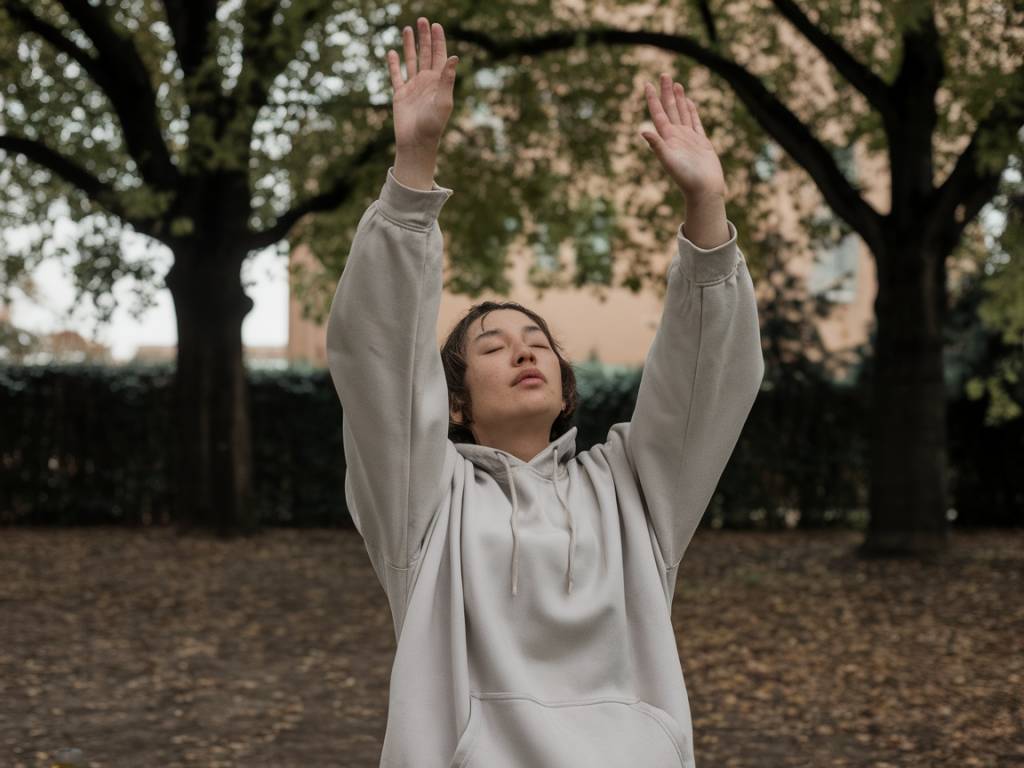In the vast and diverse landscape of spiritual practices, rhythm plays a fundamental role in creating a deeper connection to the self, the divine, and the world around us. The concept of rhythm transcends mere musicality, embedding itself within the cycles of nature, the patterns of daily life, and the very beat of our hearts. This article explores why rhythm is essential in spiritual practices, delving into various dimensions where rhythm manifests and enhances spiritual experiences.
The Importance of Rhythm in Meditation
Meditation, a cornerstone of many spiritual practices, often integrates rhythmic elements to cultivate a state of deep awareness and inner peace. Rhythm can be found in the focused attention on breath, the repetitive chanting of mantras, or the steady beats of meditative music. These rhythmic components serve several key functions within meditation:
- Anchoring the Mind: The rhythmic repetition of sounds, breaths, or movements helps to anchor the mind, reducing distractions and promoting a state of mindfulness.
- Calming the Nervous System: Steady rhythmic patterns can activate the parasympathetic nervous system, inducing relaxation and reducing stress.
- Enhancing Focus: Rhythms provide a structure that can help maintain sustained focus during meditation, making it easier to enter deeper states of consciousness.
When practitioners synchronize their breathing or movements with rhythmic patterns, they often experience a sense of harmony and unity with their environment, leading to a more profound meditative state.
Rhythm in Religious Ceremonies and Rituals
Rhythm is integral to many religious ceremonies and rituals, where it serves to unify participants and signify the sacred nature of the occasion. Drumming, chanting, and clapping are common rhythmic elements used in various spiritual traditions, each contributing uniquely to the spiritual atmosphere.
- Drumming: In many indigenous traditions, drumming is used to summon spirits, communicate with the divine, and facilitate healing. The repetitive, pulsating beats have a hypnotic effect, helping participants enter altered states of consciousness.
- Chanting: Chanting mantras or hymns introduces a rhythm that focuses the collective energy of participants, creating a powerful communal experience. The vibrations produced by chanting can also resonate with specific frequencies believed to have spiritual significance.
- Clapping: In spiritual gatherings, clapping can serve as a rhythmic affirmation of prayers or intentions, helping to build a sense of unity and shared purpose among participants.
These rhythmic practices not only enhance the spiritual experience but also create a sense of communal belonging and shared spiritual journey.
Nature’s Rhythms and Spiritual Connectivity
Nature is inherently rhythmic, with cycles and patterns that have been recognized and revered in various spiritual traditions. Observing and aligning with these natural rhythms can deepen one’s spiritual connection and foster a greater appreciation for the interconnectedness of all life.
- The Circadian Rhythm: The natural cycle of sleep and wakefulness mirrors the larger cycles of day and night. Many spiritual practices encourage alignment with these rhythms to enhance well-being and spiritual harmony.
- The Lunar Cycle: The phases of the moon have long been associated with spiritual ceremonies, particularly in pagan and indigenous traditions. Each phase is believed to carry specific energies that can be harnessed for spiritual growth and transformation.
- Seasonal Changes: Seasonal rhythms—such as the transition from winter to spring—bring opportunities for rituals that celebrate birth, growth, harvest, and renewal. These practices often emphasize attunement to the Earth’s cycles and the acceptance of life’s natural ebb and flow.
By tuning into these natural rhythms, individuals can experience a greater sense of harmony and balance in their spiritual lives.
Rhythmic Practices in Modern Spirituality
In contemporary spiritual practices, rhythm remains a central element, often integrated into activities designed to promote holistic well-being. Yoga, for instance, uses rhythmic breathing techniques (pranayama) and sequences of postures (asanas) to foster a mind-body connection. Similarly, modern meditative practices may incorporate rhythmic music or binaural beats to aid in relaxation and focus.
Moreover, the use of technology has expanded the accessibility of rhythmic spiritual practices. Apps featuring guided meditations with rhythmic soundscapes or virtual drumming circles exemplify how rhythm can be adapted to meet the needs of a digitally connected, yet spiritually seeking, populace.
Whether through traditional methods or innovative approaches, the integration of rhythm in modern spiritual practices continues to offer profound benefits, enhancing the depth and richness of spiritual experiences.
The Psychological and Physiological Benefits of Rhythm
Research has shown that rhythmic activities can have significant psychological and physiological benefits, contributing to their essential role in spiritual practices. Understanding these benefits underscores the value of rhythm in fostering spiritual development:
- Stress Reduction: Engaging in rhythmic activities can lower cortisol levels, reducing stress and promoting a sense of calm.
- Enhanced Mood: Rhythmic components in spiritual practices can stimulate the release of endorphins and serotonin, improving mood and emotional well-being.
- Improved Cognitive Function: Rhythmic activities have been linked to enhanced cognitive functions, such as improved memory, attention, and problem-solving skills.
- Physical Health Benefits: Physical activities involving rhythm, such as dancing or drumming, can improve cardiovascular health, coordination, and overall physical fitness.
These benefits illustrate how rhythm not only enhances spiritual practices but also contributes to overall mental and physical health.
Conclusion
Rhythm, an omnipresent element in spiritual practices, serves as a bridge between the physical and the metaphysical. It facilitates deeper meditation, enriches religious ceremonies, aligns us with natural cycles, and offers substantial psychological and physiological benefits. Whether through breath, movement, or music, the integration of rhythm into spiritual practices fosters a profound sense of connection, unity, and harmony, both within oneself and with the broader tapestry of life.

